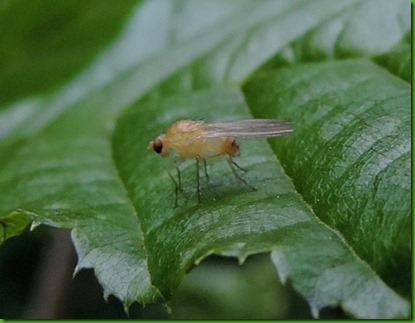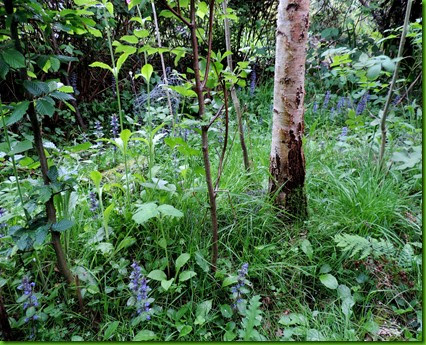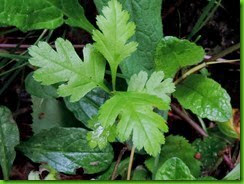I have just finished reading The Ash and the Beech, by Richard Mabey. Mostly the book ranges widely over our human attitudes to woodland over the centuries and our current confliction between 'natural' and 'artificial' (do woods really need to be managed etc.). It made me reflect, of course, on quite what category the Square Metre falls into.
My purpose in constant intervention is, perhaps, to preserve perspective - the short and the longer views, a hole in the Universe. But apart from that what happens, happens: I trim and weed to the minimum necessary to stick to my purpose, but I do not plant or sow anything or introduce fauna.
It is important to me to preserve a sense of ease, of connection to everything else that is there, to let species interact with each other as well as with myself. It is a space to reflect, to meditate, to achieve calm, balance and a sense of proportion in this troubled world. My intercessions are only to achieve and conserve these ends (il fine giustifica i mezzi - falsely attributed to Machiavelli). But there is no end. If I am no longer able to visit, the vegetation will close over and TSM merge back into whatever surroundings the future holds. Like the Hovgaard Ridge microcontinent below the waters of the North Atlantic between Greenland and Spitsbergen, its place in the sun will have gone and it will lie hidden among the many millions of other square metres comprising the surface of the Earth.
And, of course, if the Earth should one day explode into an ever-drifting and dispersing cloud of stardust there will be no co-ordinates to determine where the Square Metre might once have been. There will no longer be any ‘where’.



